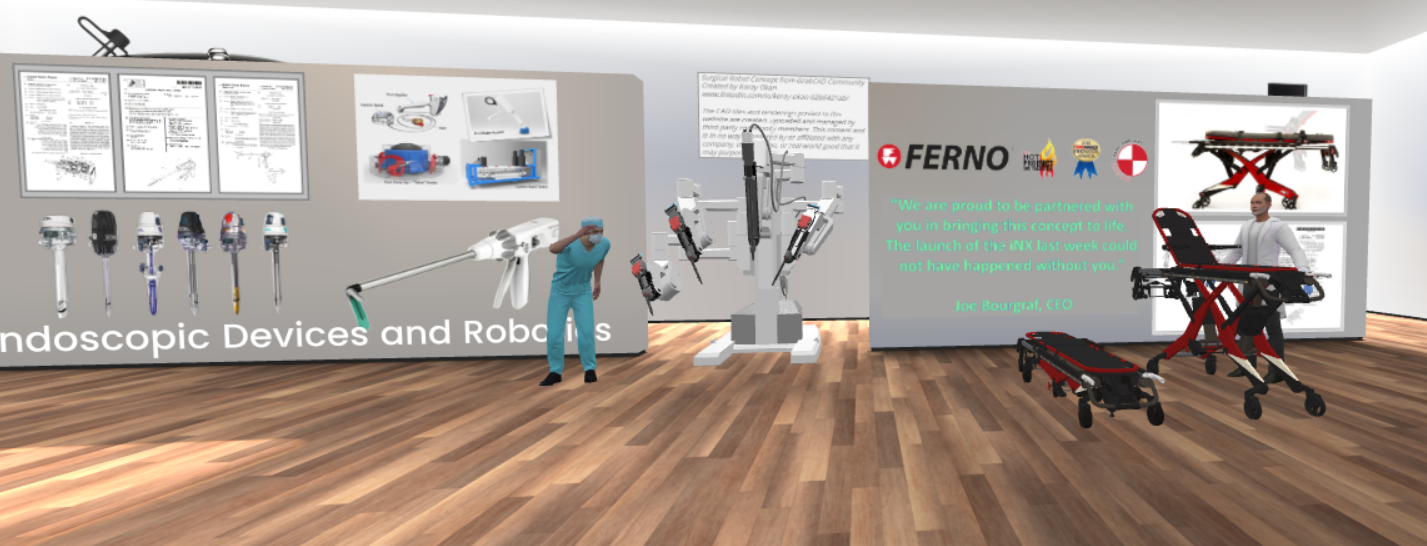Insights
The Pandemic Effect: 3 Ways Product Development Strategy Has Changed Forever
The pandemic hit abruptly — and suddenly, everyone was working from home. Fortunately, this wasn’t a difficult transition for us because we’ve been working with clients globally for decades. Nevertheless, missing out on those spontaneous brainstorming sessions around the coffee machine required some getting used to.
Beyond working from home, the product development industry has experienced profound changes from the pandemic — ones that continue to require new solutions and profound adjustments. This article outlines three of those changes, with a special emphasis on their positive side, and how they are inspiring us to get better at product development strategy.
1. People Changes: How We Work and How We Interact Is Different Now
Across all businesses, something happened while everyone was working from home. We became more aware of home life, and we started noticing where and when we’re spending too much time at work and not enough time with family.
While a lot of workplaces are bringing their staff back into the office right now, many — including ours — have embraced a hybrid work model. We currently give team members the option to work from home on Mondays and Fridays. This is a permanent change for us, and offering this option has helped us retain our best team members during the so-called Great Resignation Talent Crisis.

Today, our clients are also more willing to embrace remote workers as a part of our development teams — including gig workers in other time zones. The need for everyone to work from home during the pandemic showed us that team members can, indeed, be trusted to work remotely. This is making it easier than ever for us to bring in the absolute best designers and engineers for a job, no matter where they happen to be located.
2. Supply Chains Are Broken: How We Source Parts and Supplies May Never Be the Same
Post-pandemic, the product development industry in general — including all of our clients — are feeling the adverse effects of a disrupted global supply chain in a big way. In the past, we could source virtually any part we needed from China quickly and reliably. In the wake of the pandemic, we now have to ask, “Can I still get that? And will I be able to get that six months from now?”

These supply chain challenges are especially difficult when it comes to sourcing electrical components , especially microprocessors. Product developers are needing to search for suppliers earlier in the process. Many manufacturers are stocking up on microprocessors and other parts — putting them on the shelf before they need them. In other cases, we design around supply chain threats, making our designs more flexible so they can accept alternative, easier-to-source parts in an emergency.
A great example of this is the Raspberry Pi. Digital product developers have prototyped their designs on Raspberry Pis for years — and for the finished product, they transfer the design to a custom computer and custom PCB. But when certain microprocessors became nearly impossible to source, product developers began to install the easier-to-source Raspberry Pis (more specifically, the Raspberry Pi Pico) in their finished products instead. This has served as an excellent solution in many cases.
Ultimately, none of these supply chain difficulties are easy to navigate, and they are making life harder for product developers and manufacturers. Nevertheless, the constraints are pushing us all to improve our overall development strategy.
3. Technology Changes: An Urgent Need for Better Web-Based Collaboration Tools
During the pandemic, virtual meetings became mandatory for all collaborations on products and designs. This revealed the limitations of virtual meetings for product development. Ultimately, our work requires a three-dimensional workspace that is difficult to convey during a Microsoft Teams or Zoom meeting.
Faced with these challenges during the pandemic, we began to experiment with virtual reality (VR) and augmented reality (AR) solutions that offer an immersive virtual space (or metaverse), where multiple parties can collaborate remotely, regardless of their physical locations. Click here to see a video example of this.
Using metaverse tools as a product development strategy will sound far-fetched to some — and currently, there aren’t any metaverse tools that create an actual CAD-like experience (with the possible exception of Gravity Sketch for industrial design and Arkio for architectural design). Nevertheless, what the pandemic showed us is that more such tools are urgently needed, and well within the scope of current capabilities.

With this in mind, here is a link to a virtual exhibit that Prodigy created for a recent trade show in Boston. We created a VR replica of our booth and invited visitors to put on VR goggles to explore the space. This helped participants understand how VR-based CAD tools could one day transform our industry.
Recently, we also met with a VR software company in California to explore the development of a CAD-like tool for the metaverse. We’re excited to see growing interest in such tools from the product development community in the years ahead.
Final Thoughts
In addition to a greater appreciation for life and family, the pandemic taught us that nothing stays the same forever. And sometimes, our approaches to work, sourcing supplies, and technology have to change in response to unexpected difficulty. Moreover, the results of these changes were not entirely negative — because they inspired us to improve our relationships, to become better product developers, and to improve the technology we use on a daily basis.
What product development challenges have you experienced as a result of the pandemic, and how are you solving them? Please contact us and share your story.





